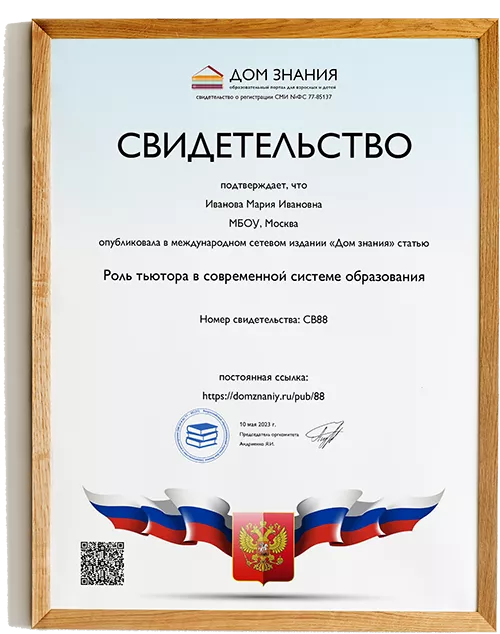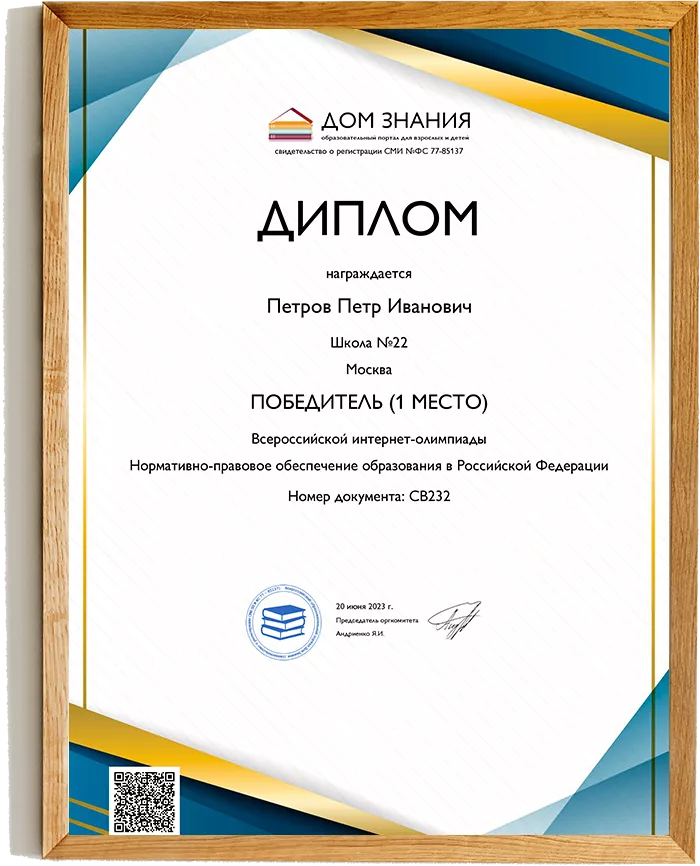План-конспект открытого урока английского языка в 5-м классе " Travelling "
Тема: Путешествия. Travelling.
Тип урока: изучение нового материала.
Цели урока:
– формирование коммуникативных компетенций по теме “Путешествие”;
– развитие познавательных интересов учащихся, умения социального общения в совместной деятельности;
– формирование творческого мышления учащихся, умения обосновывать свою точку зрения.
Задачи урока:
– учебная: формировать коммуникативные компетенции, навыки и умения в чтении, устной речи (диалогическая, монологическая формы) по материалам темы “ From place to place ” с использованием лексического, грамматического материала (вопросительные слова which и what; The Past simple Tense)
– познавательная: продолжить ознакомление учащихся со способами и направлениями путешествий;
– развивающая: развивать интерес к учебно-познавательной деятельности на иностранном языке, развивать логику, внимание, память, целостность высказывания;
– воспитательная: формирование уважительного отношения к увлечениям других людей, к мнению другого человека.
– Дидактический материал:
Раздаточный материал:
– грамматические задания на карточках;
– карточки для контроля чтения (письмо);
– карточки с диалогами
Формы работы: индивидуальная, фронтальная, парная, групповая.
Методы: репродуктивный, продуктивный, частично – творческий.
Приемы: иллюстративная наглядность, работа с карточками, текстами, презентация к уроку по теме “ Travelling ”, дифференциация грамматического материала.
Структура урока:
I. Организационный момент
II. Фонетическая разминка
III. Речевая разминка
IV. Работа с грамматическим материалом
V. Чтение с детальным пониманием прочитанного
VI. Динамическая пауза
VII. Практика, грамматические упражнения, закрепление темы. Работа в группах
VIII Подведение итогов урока. Рефлексия. Объяснение домашнего задания. Заключение
ХОД УРОКА
I.
Teacher: Good morning, children! Take your seats, please, and get ready for the lesson. It’s very nice to see you. How are you today?
Pupils: We are OK. Thank you.
Teacher: чтоб настроиться на работу нужно размять наши язычки. Look at the board and read this tongue-twister скороговорку. Repeat after me.
The sailor went to sea
To see what he could see
And all he could see
Was sea, sea, sea.
Class, translate it, please.
Pupils:( повторяют за учителем)
II.
T: Let us start our lesson, today. At first, I’ll divide you into four groups. And we review The Past Simple Tense.
Р1. В английском языке есть правильные и неправильные глаголы. Правильные глаголы образуют прошедшее время с помощью суффикса –ed.
Чтобы поставить неправильные глаголы в прошедшее время мы используем таблицу неправильных глаголов. Мы берем 2-ую форму.
T: Look at your task A and put the verbs in the correct form. For each correct answer you get a boat.
(За каждый правильный ответ группа получаeт кораблик.)
Task A
I (to read)__________a newspaper this morning.
We (to visit)__________her parents last week.
They (to watch)________TV this evening.
She (to see)_________ him last year.
They(to run) _________ this morning.
Marina (to stay)_________at home yesterday.
Look at the board and translate this proverb. Class answer the question. What we can do by bike, by boat, by car, by plane, on foot and by train? По картинкам на слайде и по заданному вопросу дети называют тему сегодняшнего урока – «Путешествие» (Travelling). (слайд 2)
Т:Very well. Today we are going to speak about travelling. What we must do at first time? We have to learn new words.
P: Мы должны выучить новые слова на тему «Путешествие».
Т: Yes, it’s right.
III.T: Look at the screen and Repeat after me.
На слайде высвечиваются картинки на новые слова урока. Уч-ся говорят, что видят на картинке и повторяют слова на английском языке.(слайд 3,4)
east
north
south
west
castle
forest
river
trip
be situated
Т: Look on your task B and complete the sentences with the new words. For each correct answer you get a boat.
Упражнение выполняется письменно. За каждый правильный ответ группа
получаeт кораблик.
Task B
In Russia it is cold in the…. and hot in the…. .
The family made a wonderful…. to the sea in summer .
Yesterday I saw a picture with an old …. . It had high walls and tall towers.
The Volga ….is one of the biggest rivers in Russia.
…. or …. , home is best.
There is a big green ….near our town.
I don’t know where Scotland is …. . Can you tell me?
On Sunday my family went on a … . We visited a beautiful old ….which is …. Near our town.
Т:Now listen to the text, read and say why people travel. For each correct answer you get a boat. За каждый правильный ответ группа получаeт кораблик.
Учащиеся прослушивают текст, читают самостоятельно и отвечают на
вопрос: - Почему люди путешествуют?
Task C
These days people travel a lot. They travel at home and abroad. They want to see new places and to meet new people. Sometimes they travel on business, but often they go to places for holidays.
In summer a lot of people like to go to the sea or stay at the lake or near the river. There they can enjoy swimming and boating and stay in the sun.
In winter people sometimes go to the mountains to ski. It is always nice to be in the forest. Forests, lakes, seas and mountains are very beautiful places. People often make pictures of the places they visit and show them to their friends. When the people go abroad, they usually visit interesting places: old towns, castles and museums.
People travel by plane, by train, by car and by sea. Travelling can be very pleasant or not very pleasant but it is usually interesting.
Рs:
People travel because they want to see new places and to meet new people.
Sometimes people travel on business. In summer a lot of people like to go to the sea. They can enjoy swimming there. In winter people sometimes go to the mountains to ski.
T: Well done. Молодцы и за ваши правильные ответы вы получаете жетончики.
Teacher: Are you tired? Устали? Let's have a rest.
Физминутка.
Дети слушают музыкальную физминутку и повторяют движения за учителем.
III.
Teacher: Сейчас мы познакомимся с новым вопросительным словом which. Вопросительное слово which – который, какой, используется в вопросах наряду с уже известным вам словом what – какой.
Слово what употребляется в вопросах, где количество возможных ответов велико.
What cities in Europe do you know?
Слово which употребляется в вопросах, где подразумевается выбор из ограниченного числа вариантов.
Which cities in Europe did you visit?
Now let’s make the short dialogues. The Task С will help you. Work in pairs.
Ex.: - Which city would you like to visit – London or New York?
- I would like to visit London.
a) Paris / Madrid
b) Moscow / Kiev
c) Rome / Glasgow
d) Kursk / Vladivostok
Ex.: - Which country would you like to visit – German or Poland?
- I would like to visit German.
a) Finland / France
b) Spain / Italy
c) India / the USA
d) Greece / Canada
Работа в парах.
Pupils: (составляют вопросы и отвечают на них)
IV.
T. Class could you help me, please. I need a one person.
Стук в дверь.
Т: Somebody came. Who is it? Come in, please.
Заходит путешественник.
Traveller: Hello, children. I am a traveller. I like to travel, but I don’t know where is south, north, west and east. Can you help me? (слайд )
Ps: Yes, we can.
T: Let’s help our guest and show him where is north, south, west and east.
Who reads this?
P1: The north is at the top.
T: It’s right. The Arctic ocean is situated in the north. It is very cold there.
Who reads this?
P2: The South is at the bottom.
T: And there is Antarctica in the south. It is very cold there too.
Who reads this?
P3 The west is in the right.
T: The Atlantic ocean and two continents in the west. North and South America.
Who reads this?
P4: The east is at the left.
T: The Pacific ocean is in the east. It is the biggest ocean.
Traveller: Thank you, my dear friends. Bye-bye.
Ps: Bye-bye.
T: Bye-bye traveler.
V.Рефлексия.(слайд )
Teacher: Now, your home task is to learn new words. The lesson is over. Thank you for your work. Good-bye.


